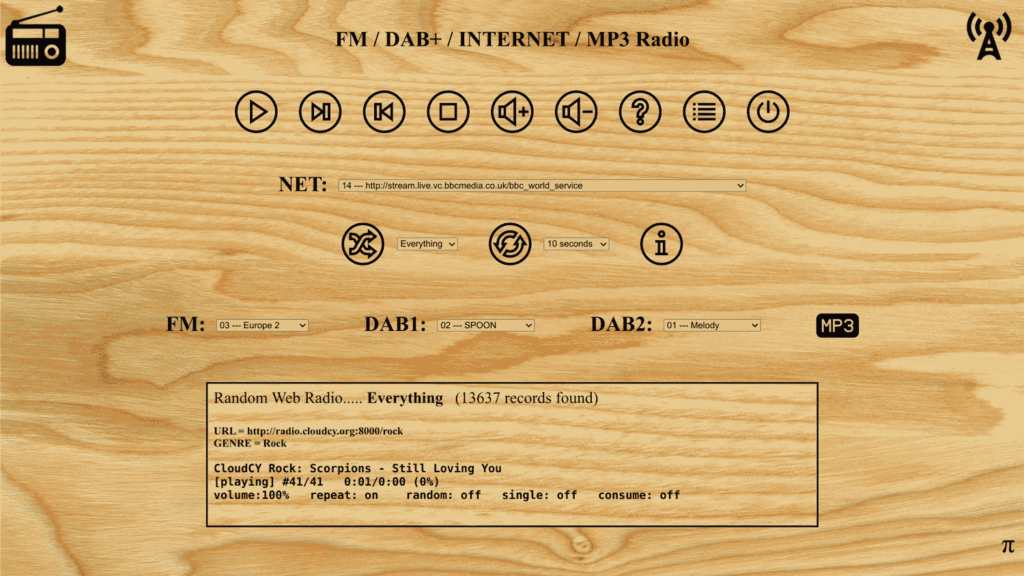Updates to the Lego Pi Radio Project
Back in 2018 we first posted about JJ's Lego Pi Radio, which was an all-in-one RTL-SDR + Raspberry Pi based FM and internet radio system enclosed in Lego.
More recently JJ has written in again sharing with us some updates to his Lego Pi project. First, he notes that he has now created a webpage showing all his radio builds, most of which consist of an Arduino Nano + Raspberry Pi and RTL-SDR, with most enclosed in Lego builds.
JJ also wanted to highlight his latest build optimized for DAB reception, made from an old Android TV box, RTL-SDR the welle-cli software, and of course a Lego enclosure.
My latest build, a FM / DAB+ / INTERNET / MP3 radio, was not made with a Raspberry Pi but with an older Android TV box flashed with Armbian + Ubuntu.This was cheaper and allowed me to recycle some hardware that was gathering dust. Besides the board needs less power and best of all, the whole system fits into internal eMMC storage, so no more messing with fragile micro SD card. The only problem I had was with the onboard audio so had to use an inexpensive USB audio dongle. I also connected an Arduino nano through USB to easily control a small LCD display and some LEDs.The board's IR port works well under Linux so I can control the radio with any cheap infrared remote. But I also made a web interface for a fun way to drive the radio from a tablet, PC or even smartphone.



